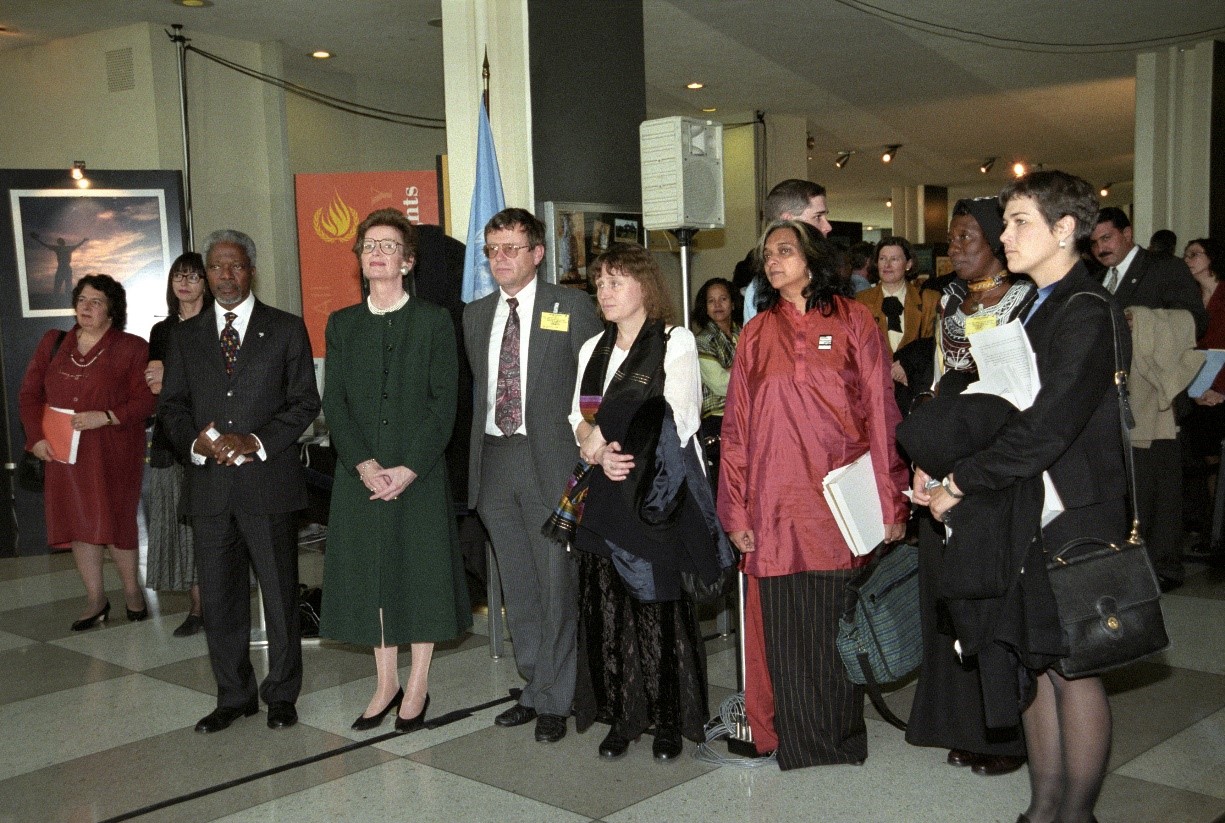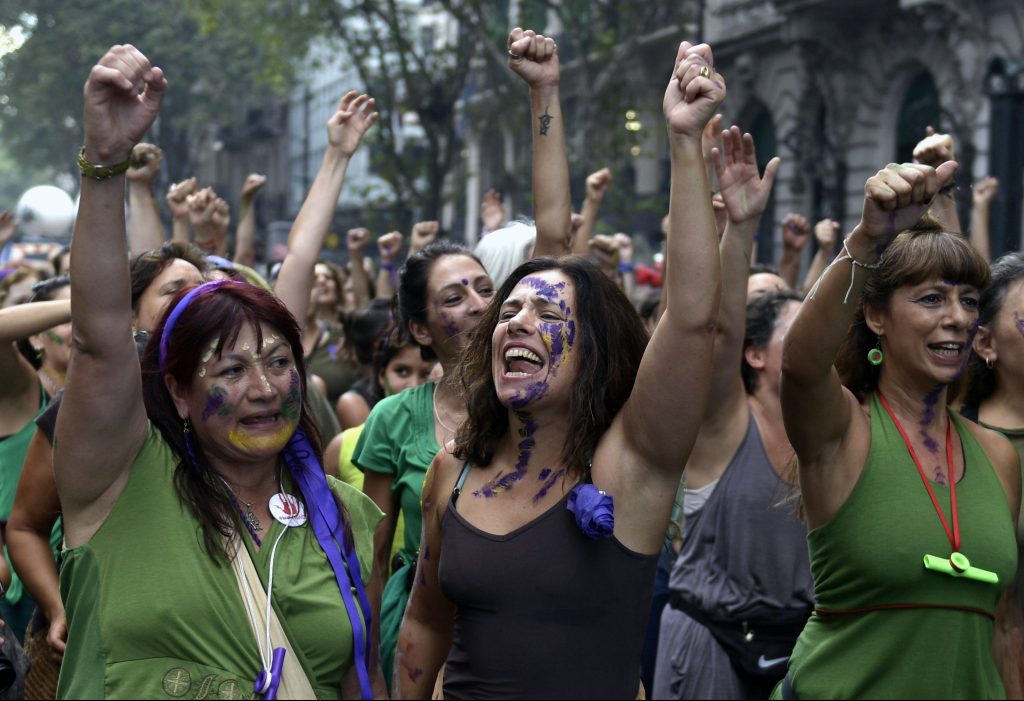

After conflicts and compromise, the Declaration was finally adopted on December 10, 1948 with the determination to protect the worldwide human rights from violations or neglects. Its universal acceptance also helped embody the trends on maintaining equality and respecting democracy.

The Declaration has generally been regarded as the foundation of international human rights law. Over the decades, the Declaration has inspired and served as a foundation for a mass of treaties, customary laws, general principles, and regional agreements.
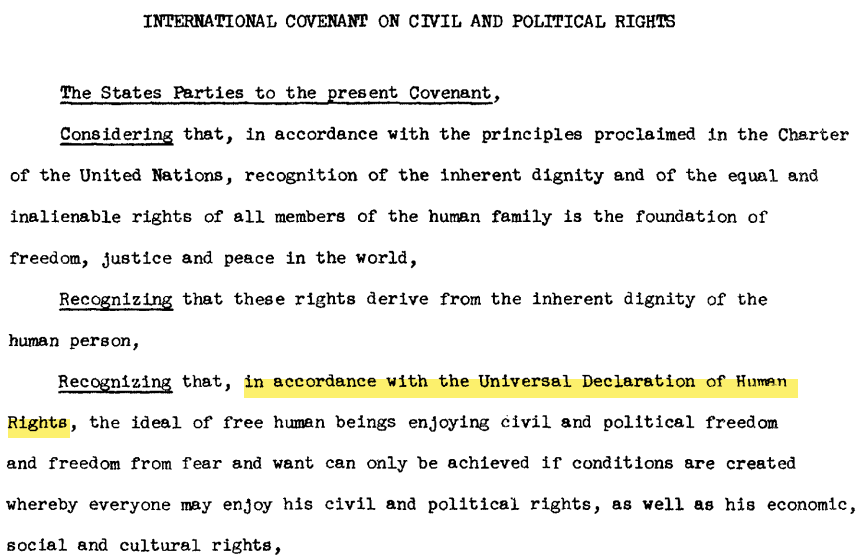
International Covenant on Civil and Political Rights,
Preamble
UN, 1967
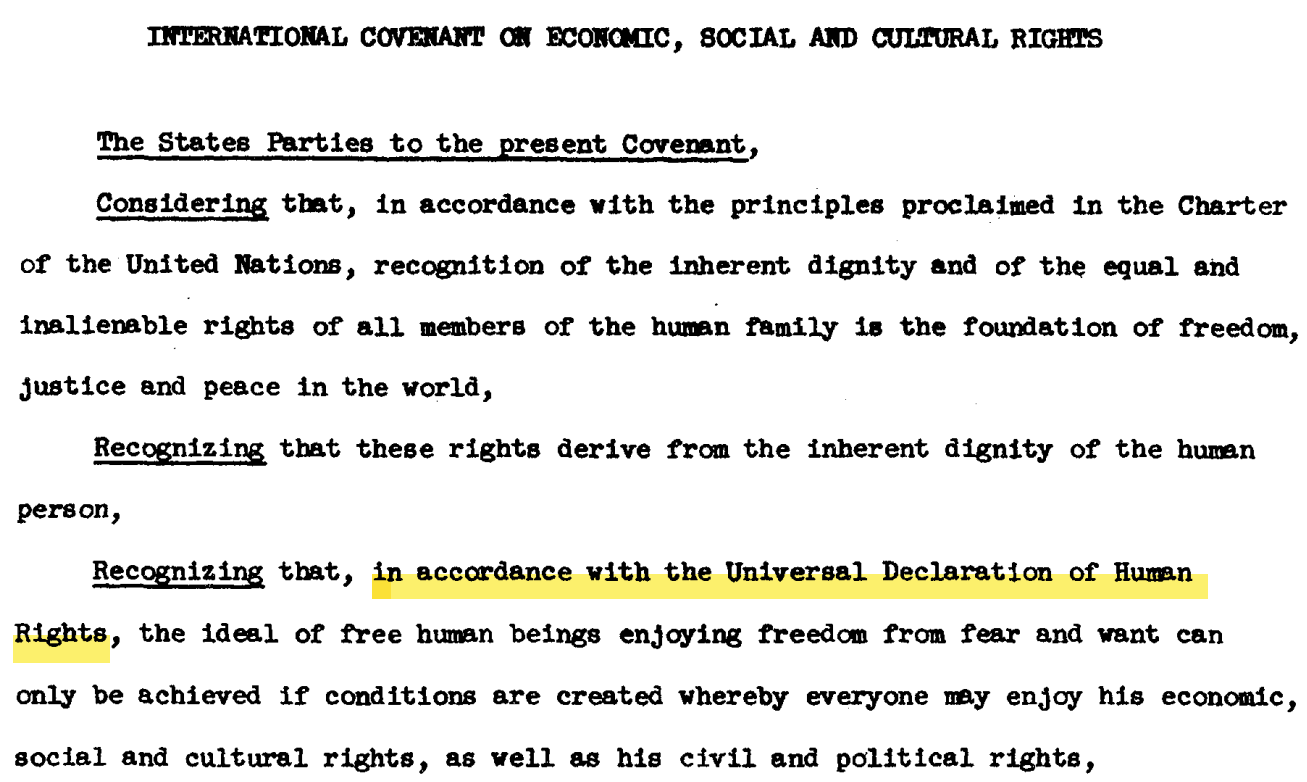
International Covenant on Economic, Social and Cultural Rights,
Preamble
UN, 1967
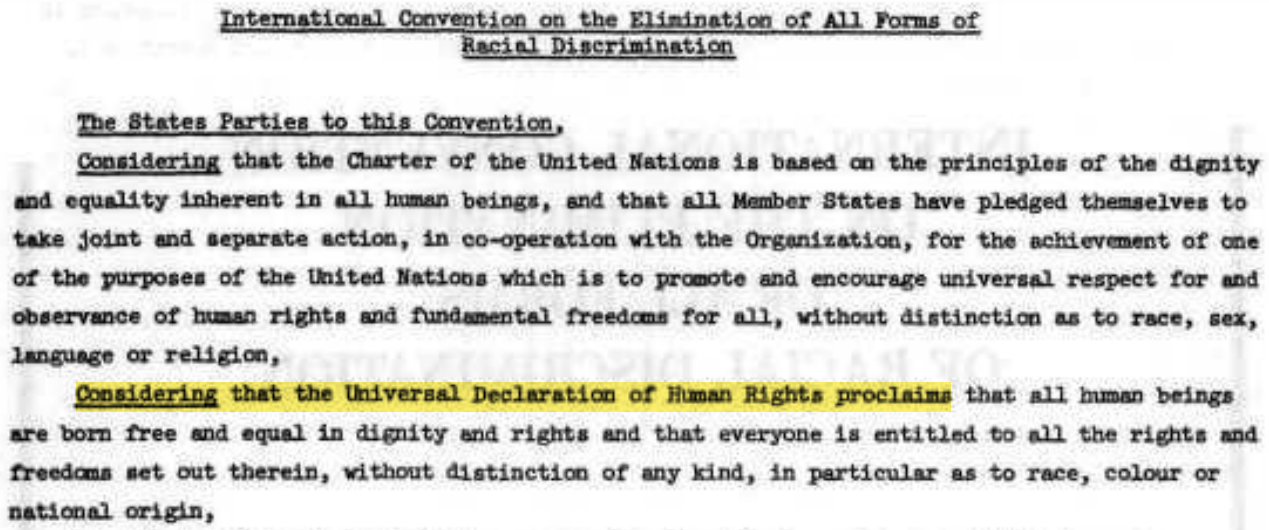
International Convention on the Elimination of All Forms of Racial Discrimination,
Preamble
UN, 1966
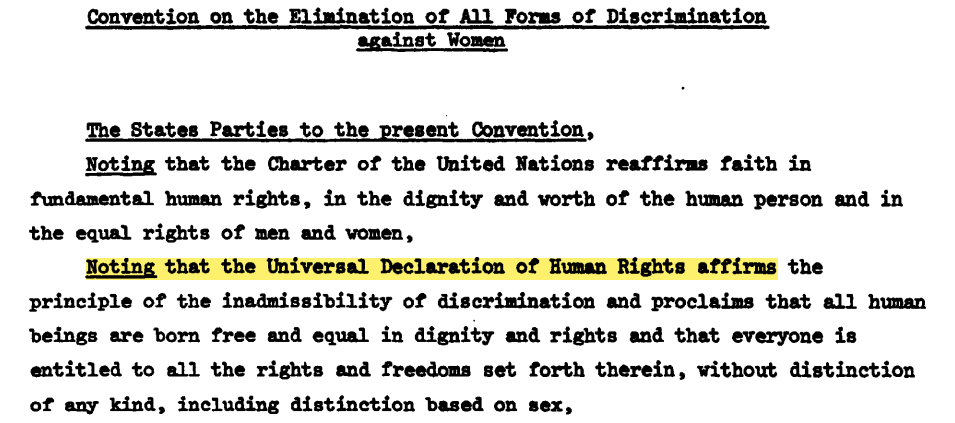
Convention on the Elimination of All Forms of Discrimination against Women,
Preamble
UN, 1980
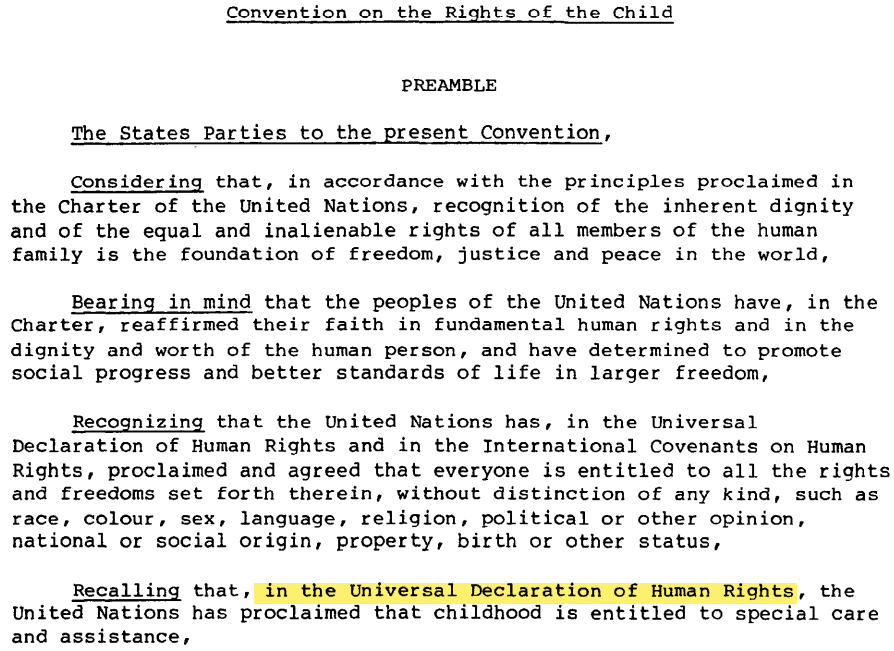
Convention on the Rights of the Child,
Preamble
UN, 1989
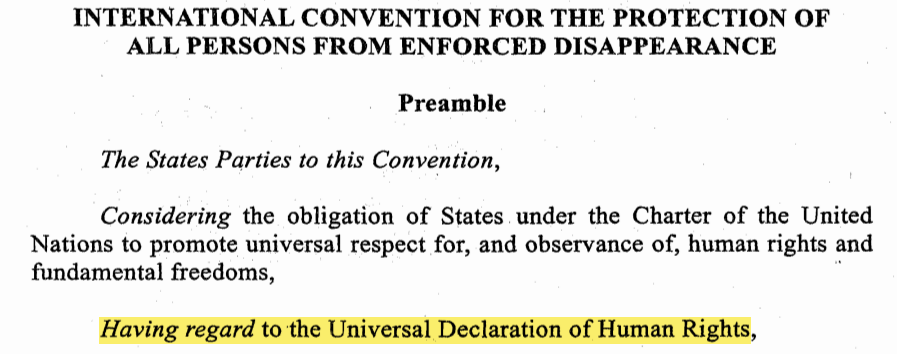
International Convention for the Protection of All Persons from Enforced Disappearance,
Preamble
UN, 2007
In addition to the Declaration's legal impact, its inspiration of us to fight against injustices and strive for equality is also evident.
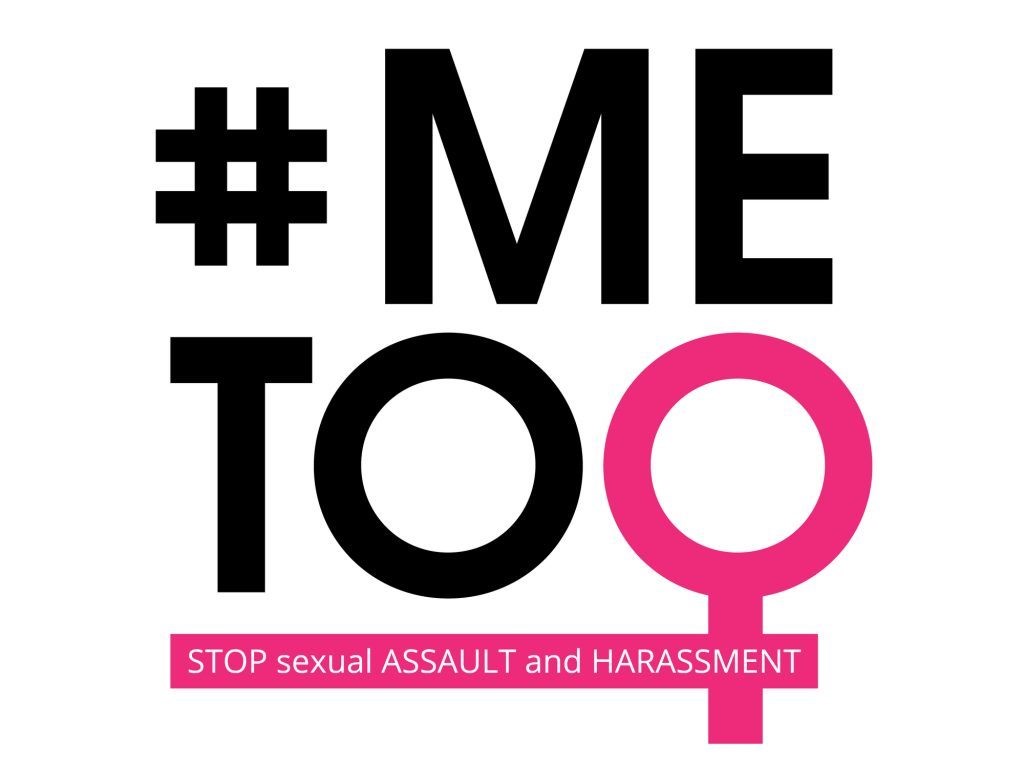
#MeToo
https://prahaar.in/naav-moth-lakshan-khota/

#LoveIsLove
https://www.prideatwork.org/
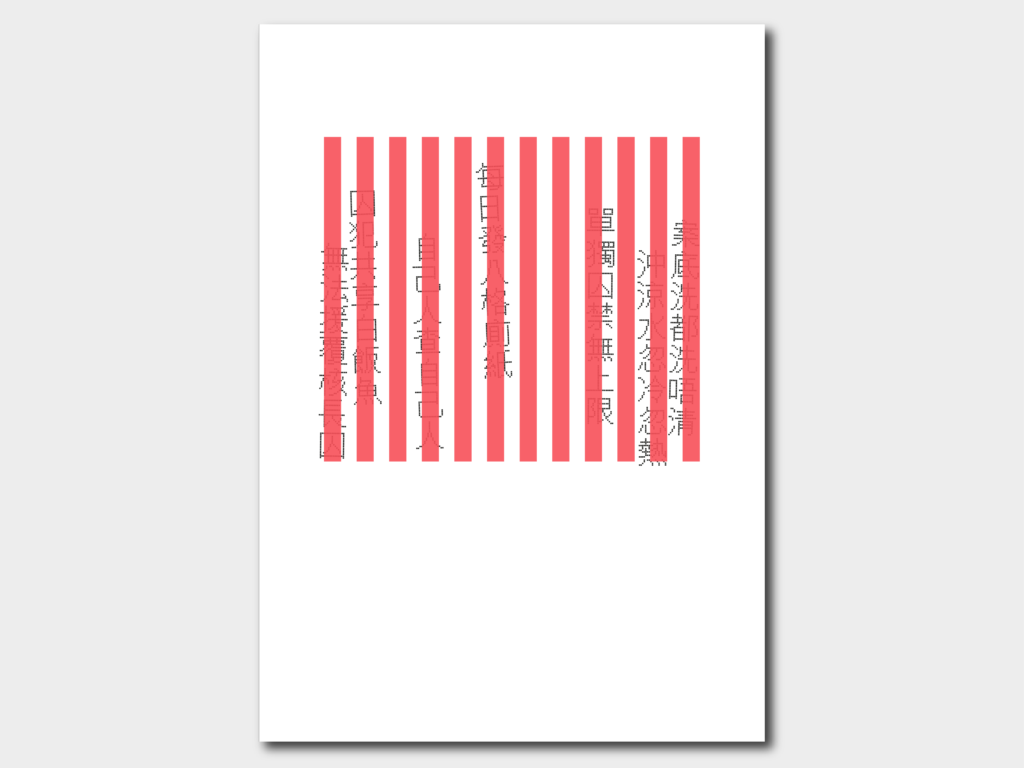
#PrisonReform
https://soco.org.hk/product/prison-reform/
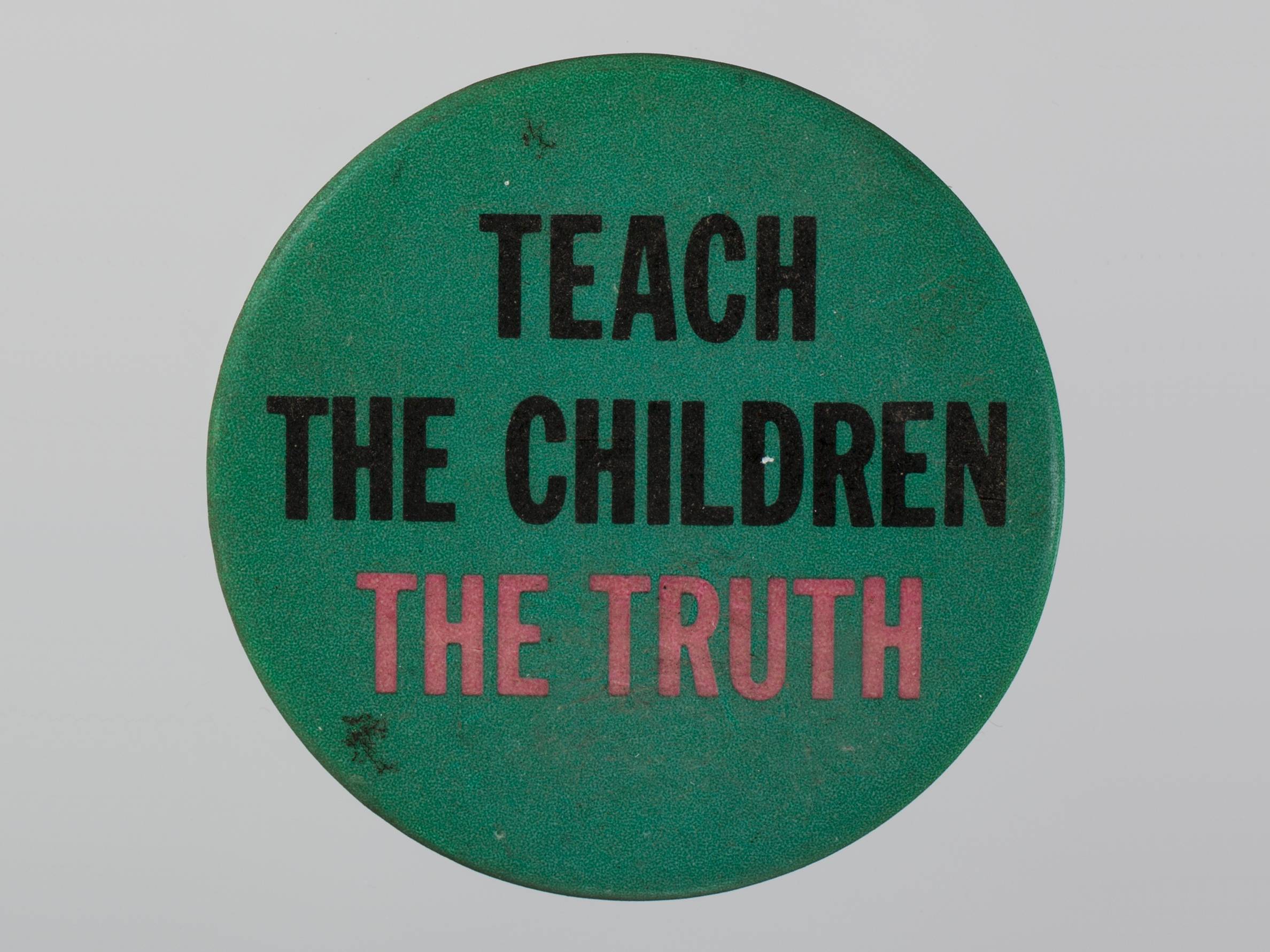
#TeachTruth
National Museum of African American History and Culture
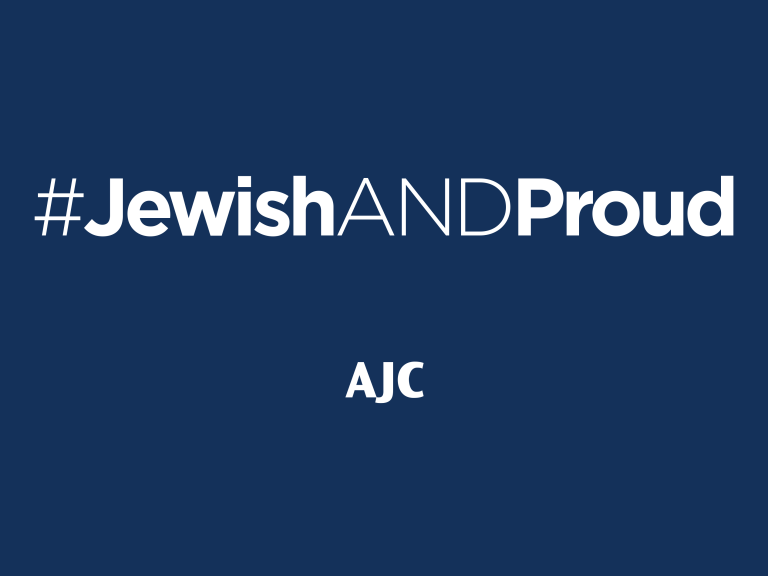
#JewishandProud
American Jewish Committee
